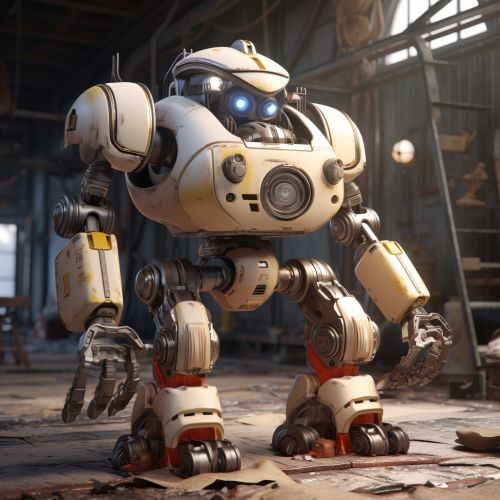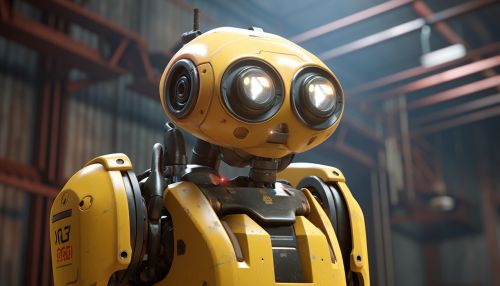Computer Generated Imagery
Overview
Computer-generated imagery (CGI) is the application of the field of computer graphics or, more specifically, 3D computer graphics to special effects in films, television programs, commercials, simulators and simulation generally, and printed media. The visual scenes may be dynamic or static, and may be two-dimensional (2D), though the term "CGI" is most commonly used to refer to the 3D computer graphics used for creating scenes or special effects in films and television, which is its primary application.
History
The birth of CGI was heralded by two discoveries in the field of mathematics and engineering: the concept of a graphical user interface, which forms the basis of all modern GUI operating systems, and the invention of the digital computer. The first use of CGI in a movie came in 1973 during a scene in "Westworld," a science-fiction film about a society in which robots live and work among humans. The first two films to make heavy investments in CGI, "Tron" in 1982 and "The Last Starfighter" in 1984, were commercial failures, causing most directors and producers to relegate CGI to images that could not be made any other way.
Techniques
There are many different techniques used in CGI animation to create realistic looking environments and characters. These techniques include; texture mapping, wireframe modelling, raster graphics, vector graphics, 3D modelling, shading, ray tracing, and motion capture. These techniques fall into three categories: 2D, 3D and 2.5D (a hybrid of 2D and 3D), and are all used in different ways to achieve the desired result.


Applications
CGI is used in films, television programs and commercials, and in printed media. In films, it is used to create a variety of visual effects. CGI is also used extensively in television commercials. It is often used to enhance the visual impact of the advertisement, or to demonstrate the product in a way that would be difficult or impossible to do with traditional filming techniques. In printed media, CGI is used to create images and designs that are more detailed and realistic than those that can be achieved with traditional, hand-drawn techniques.
Future
The future of CGI is a topic of much debate in the industry. Many believe that as technology continues to advance, CGI will become so realistic and commonplace that it will replace traditional filming techniques entirely. Others believe that CGI, no matter how advanced, will never be able to replicate the subtleties and nuances of human performances and real-world environments.
